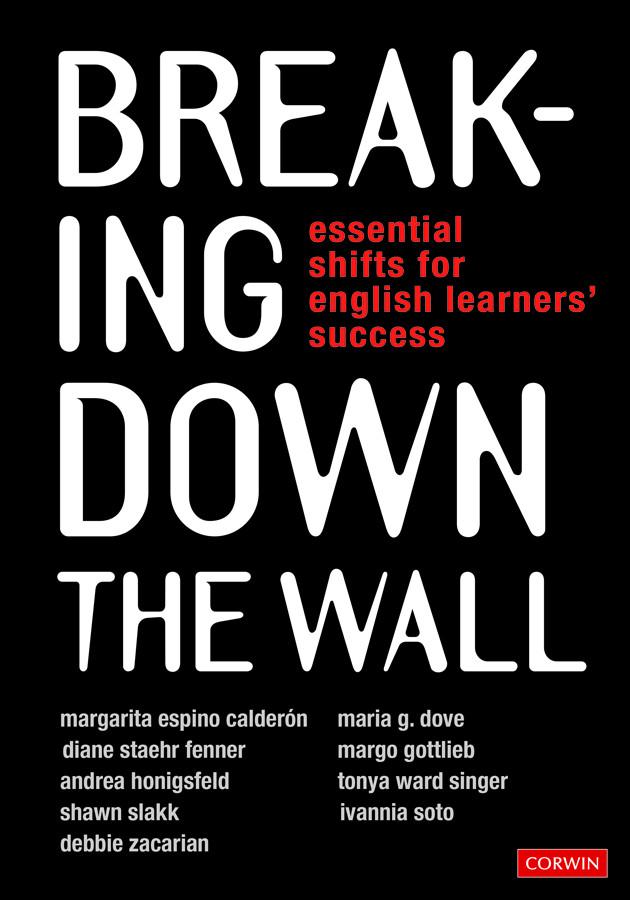Breaking Down the Wall: Essential Shifts for English Learners’ Success
Approximately 1 out of 10 (or nearly 5 million) students in the U.S. have been classified as English Learners. In California, ELs account for nearly a quarter of the public school population. Other states (Arkansas, Kentucky, Tennessee, North Carolina, and South Carolina) report the most significant growth in EL population from 2000 - 2014. And while EL population sizes, policies, program models, and accountability systems vary widely between states and districts, a singular, sobering reality seems to extend across all differences: no matter where they go to school, most ELLs are struggling because they have little or no access to quality instruction tailored to their needs. Consider the following:
- Only 63 percent of ELs graduate from high school, compared with the overall national rate of 82 percent.
- In New York State, for example, the overall high school graduation rate is about 78 percent. But for ELs, it's 37 percent, according to the National Center for Education Statistics.
- Of those who do graduate, only 1.4 percent take college entrance exams like the SAT and ACT.
- Achievement disparities between ELs and their non-EL peers are still significant.
- In 2016, 32 states reported not having a sufficient number of teachers to address the needs of EL students.
Despite such grim statistics, the knowledge base for effective instruction of ELs has grown exponentially in recent years. We also know that success is within our reach, with evidence from growing numbers of exemplary schools and districts that that have successfully narrowed and closed EL achievement gaps. So how can we explain (or excuse) our persistent inability to adequately-serve our emergent bilingual population?
The authors of this book share a common vision of what it will take to help our language-learning students realize their fullest potential. Rather than focusing on classroom-level practice in isolation, they believe that only a series of essential shifts enacted across entire systems will break down the walls that obstruct success and shatter the dreams of our students and their families. Such shifts require the commitment and moral fortitude of of multiple stakeholders including policy makers, state and district-level leaders, building-level leaders, educators at all grade levels, families, and members of the wider community. In clear, compelling, and direct language, Breaking Down the Walls offers an essential guide to helping our multilingual learners achieve success in school and beyond.
Disclaimer:
This website may contain links to both internal and external websites. All links included were active at the time the website was launched. SAGE does not operate these external websites and does not necessarily endorse the views expressed within them. SAGE cannot take responsibility for the changing content or nature of linked sites, as these sites are outside of our control and subject to change without our knowledge. If you do find an inactive link to an external website, please try to locate that website by using a search engine. SAGE will endeavour to update inactive or broken links when possible.


